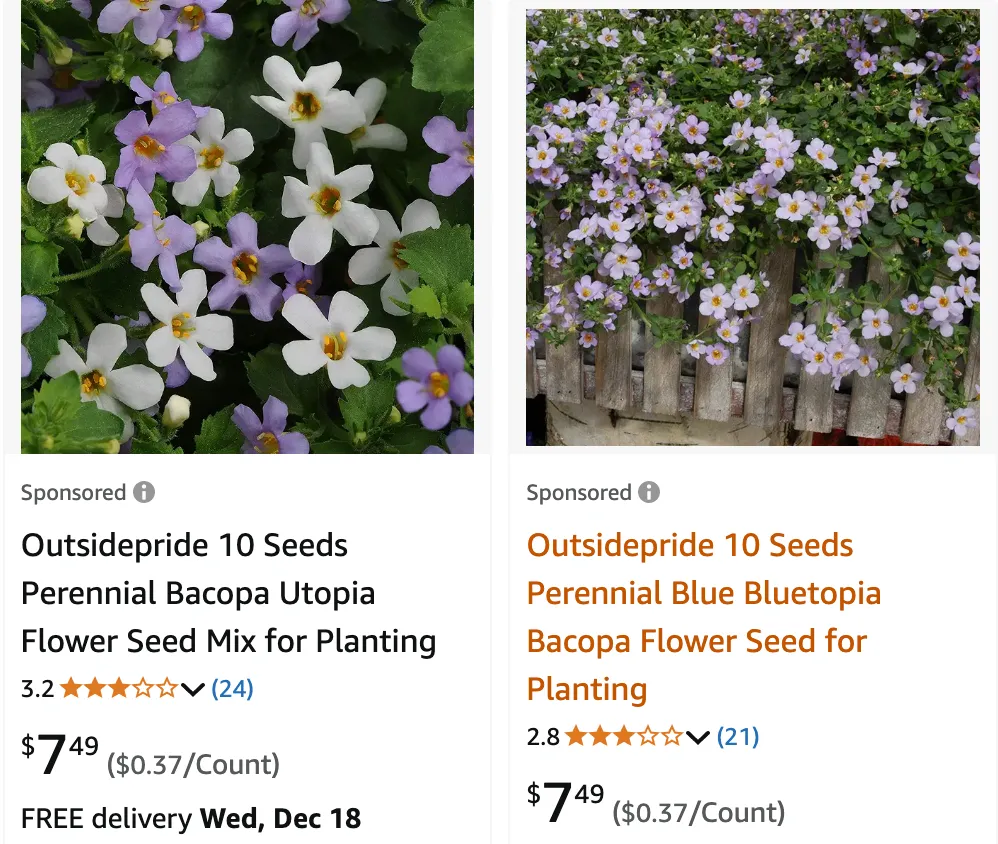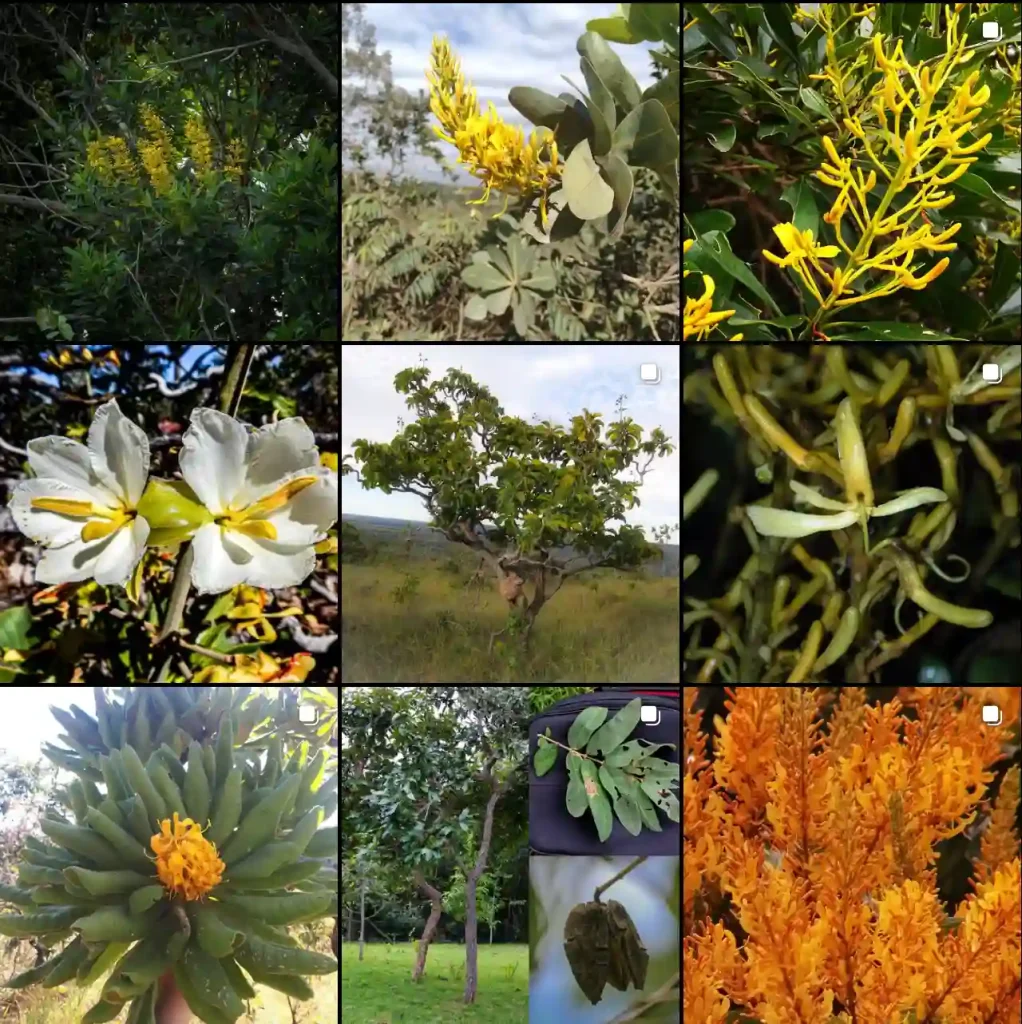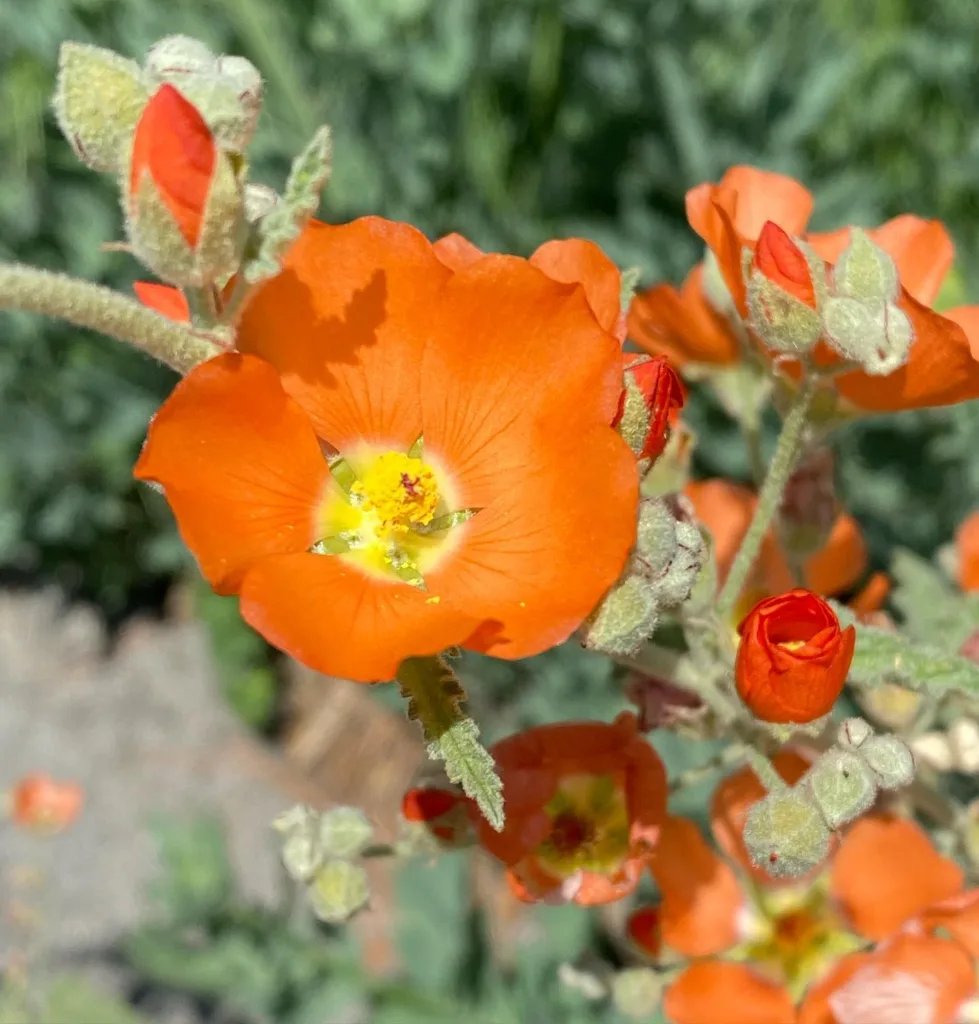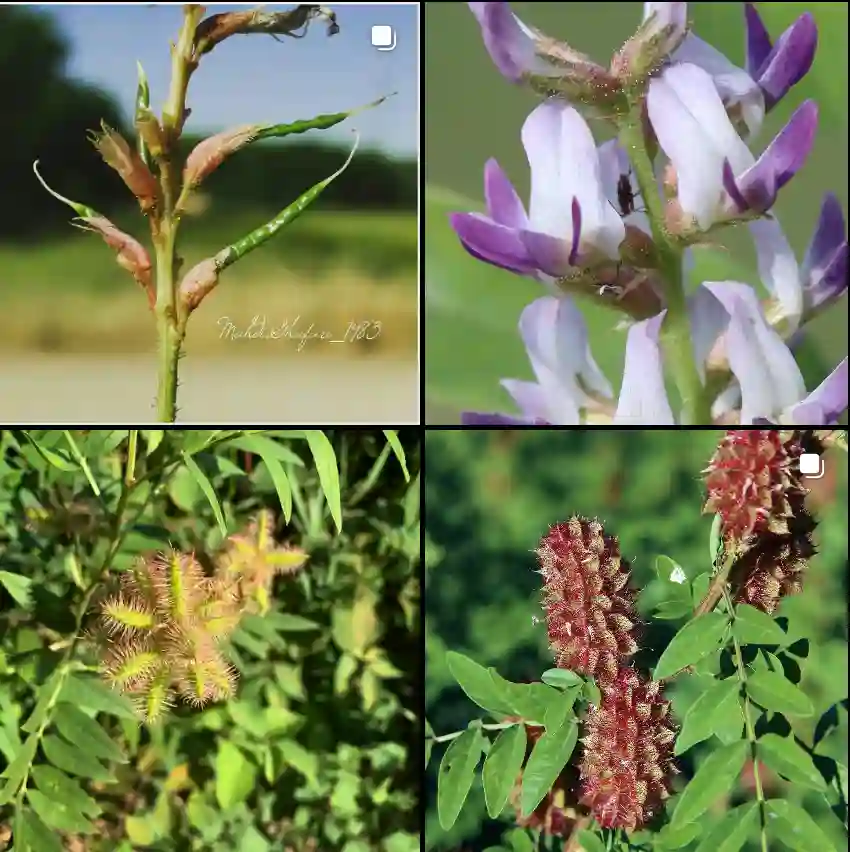
May 29 – Bacopa
"Bacopa, the water hyssop, defines May 29."
Bacopa stands for clarity and mindfulness. You have a reflective and thoughtful nature, often helping others see the bigger picture. Like this plant, your wisdom is rooted in calm waters.
Diving Deep with Bacopa: A Personal Exploration
Hi, I’m Ferb Vu, and I’m fascinated by the Bacopa genus. These aquatic plants, often called water hyssop, have captured my attention with their delicate beauty and remarkable adaptability. They thrive in wet environments across the globe, from the Americas to Asia and Australia. Join me as we delve into the world of Bacopa, exploring its diversity and unique characteristics.
What Makes Bacopa Special?
Bacopa plants are members of the Plantaginaceae family, which also includes familiar plants like snapdragons and plantains. What sets Bacopa apart is their preference for water. These plants are often found growing in marshes, wetlands, and along the edges of ponds and streams. Their succulent leaves and trailing stems help them to thrive in these moist conditions.
One of the most striking features of Bacopa is its flowers. These small blooms typically have five petals and come in a range of colors, including white, pink, and blue. The delicate beauty of these flowers adds a touch of elegance to any aquatic environment.
A Diverse Genus: Bacopa Species
The Bacopa genus is surprisingly diverse, with an estimated 60 species. This variety is a testament to the adaptability of these plants, which have evolved to thrive in a range of habitats across the globe. Some of the most notable species include:
- Bacopa monnieri: Perhaps the most well-known species, Bacopa monnieri is renowned for its potential cognitive benefits and is often used in traditional medicine. Plant FAQs: Bacopa Monnieri – Water Hyssop – Herb Of Grace – Brahmi Plant
- Bacopa caroliniana: Native to the southeastern United States, this species is a popular choice for aquariums and water gardens due to its attractive appearance and hardiness. Plant FAQs: Bacopa Caroliniana
- Bacopa lanigera: Also known as “woolly Bacopa,” this species is distinguished by its hairy stems and leaves.
- Bacopa rotundifolia: This species, with its round leaves, is a common sight in wetlands and is often used in ecological restoration projects.
- Bacopa scabra: This species is known for its rough, sandpapery leaves and is native to South America.
- Bacopa albida (Pennell) Standl.
- Bacopa angulata (Benth.) Loefgr. & Edwall
- Bacopa aquatica Aubl.
- Bacopa arenaria (J.A.Schmidt) Loefgr. & Edwall
- Bacopa aubletiana Scatigna
- Bacopa australis V.C.Souza
- Bacopa axillaris (Benth.) Standl.
- Bacopa bacopoides (Benth.) Pulle
- Bacopa beccabunga (Griseb.) B.L.Rob.
- Bacopa bracteolata Standl.
- Bacopa braunii (Ernst) Pennell
- Bacopa callitrichoides (Kunth) Pennell
- Bacopa cochlearia (Huber) L.B.Sm.
- Bacopa congesta Chodat & Hassl.
- Bacopa connata (Pennell) Pennell
- Bacopa crenata (P.Beauv.) Hepper
- Bacopa decumbens (Fernald) F.N.Williams
- Bacopa depressa (Benth.) Loefgr. & Edwall
- Bacopa dubia Chodat & Hassl.
- Bacopa egensis (Poepp.) Pennell
- Bacopa eisenii (Kellogg) Pennell
- Bacopa floribunda (R.Br.) Wettst.
- Bacopa gracilis (Benth.) Loefgr. & Edwall
- Bacopa gratioloides (Cham.) Chodat
- Bacopa hamiltoniana (Benth.) Wettst.
- Bacopa humifusa (Griseb.) B.L.Rob.
- Bacopa imbricata (Benth.) Pennell
- Bacopa innominata (M.Gómez) Alain
- Bacopa lacertosa Standl.
- Bacopa laxiflora (Benth.) Edwall
- Bacopa lecomtei Bonati
- Bacopa lisowskiana Mielcarek
- Bacopa longipes (Pennell) Standl.
- Bacopa madagascariensis (Benth.) Pennell
- Bacopa micromonnieria (Griseb.) B.L.Rob.
- Bacopa minuta Borhidi & O.Muñiz
- Bacopa monnierioides (Cham.) B.L.Rob.
- Bacopa myriophylloides (Benth.) Wettst.
- Bacopa neuwiedii Scatigna
- Bacopa occultans (Hiern) Hutch. & Dalziel
- Bacopa oxycalyx Alain
- Bacopa paraguariensis (S.Moore) Hassl.
- Bacopa pennellii G.M.Barroso & Ichaso
- Bacopa punctata Engl.
- Bacopa repens (Sw.) Wettst.
- Bacopa reptans (Benth.) Edwall
- Bacopa salzmannii (Benth.) Edwall
- Bacopa scoparioides (Cham. & Schltdl.) Scatigna
- Bacopa semiserrata (Schrank) B.L.Rob.
- Bacopa serpyllifolia (Benth.) Pennell
- Bacopa sessiliflora (Benth.) Edwall
- Bacopa stemodioides (Pennell) Pennell
- Bacopa stricta (Schrad.) Wettst. ex Edwall
- Bacopa valerii Standl. & L.O.Williams
- Bacopa verticillata (Pennell & Gleason) Pennell
The Beauty of Bacopa
Beyond their ecological importance, Bacopa plants are also prized for their ornamental value. Their delicate flowers and lush foliage make them a popular choice for water gardens, aquariums, and even hanging baskets. Whether cascading over the edge of a pond or adding a touch of green to a living room, Bacopa brings a sense of tranquility and natural beauty to any setting.
Cultivating Bacopa
One of the things I appreciate most about Bacopa is its relative ease of cultivation. These plants are generally low-maintenance and can thrive in a variety of conditions. Whether you’re a seasoned gardener or just starting out, Bacopa is a rewarding plant to grow.
Here are a few tips for cultivating Bacopa:
- Provide ample moisture: As aquatic plants, Bacopa needs a consistently moist environment. This can be achieved by planting them in water gardens, bog gardens, or containers that are regularly watered.
- Ensure adequate sunlight: Most Bacopa species prefer full sun to partial shade. Make sure your plants receive at least six hours of sunlight per day.
- Prune regularly: To encourage bushier growth and prevent legginess, pinch back the stems of your Bacopa plants regularly.
- Fertilize occasionally: While Bacopa are not heavy feeders, they will benefit from occasional fertilization, especially during the growing season.
By following these simple guidelines, you can enjoy the beauty of Bacopa in your own garden or home.
More Than Just a Pretty Face
While Bacopa plants are undoubtedly beautiful, they also play an important role in their ecosystems. They provide habitat and food for a variety of aquatic creatures, including fish, insects, and amphibians. Additionally, Bacopa helps to improve water quality by absorbing excess nutrients and filtering pollutants.
A Continuing Fascination
My exploration of the Bacopa genus has been a journey of discovery and appreciation. From the delicate beauty of their flowers to their resilience and adaptability, these plants have captured my imagination. I continue to be fascinated by their diversity and the important role they play in the natural world. Whether you’re a botanist, a gardener, or simply someone who appreciates the beauty of nature, I encourage you to take a closer look at the remarkable world of Bacopa.
If i die, water my plants!



